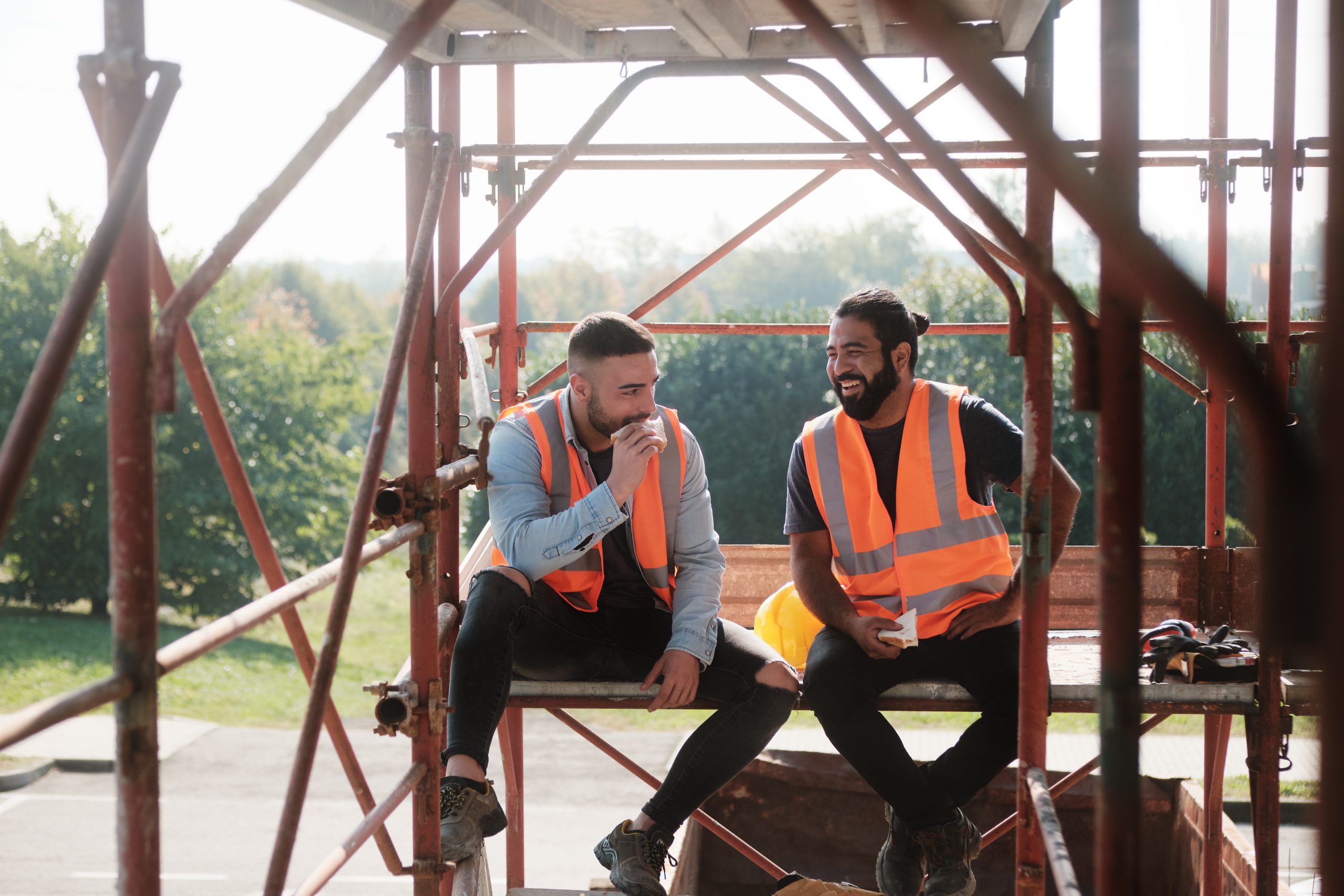Looking After Your Team’s Health in Construction
Oct 06, 2025

Your business is only as strong as your people. When workers get injured or struggle with stress, everyone feels it through missed deadlines, extra pressure, and lost skills on-site.
The good news? You can significantly reduce injuries and mental health struggles with the right approach.
What’s Causing the Problem
Construction has some of the highest injury rates in New Zealand. Strains, sprains, and musculoskeletal injuries are the biggest issue, but they don’t happen in isolation. Physical and mental health are deeply connected. When someone’s stressed or struggling mentally, they’re more likely to get injured – they’re less focused, more tired, and more prone to mistakes. And when someone’s dealing with ongoing pain or injury, it takes a toll on their mental wellbeing. Nearly one in two New Zealanders will experience a mental health issue at some point in their lives, which means someone on your team right now might be dealing with both physical pain and stress feeding into each other.
It’s rarely just one thing that causes problems. Usually it’s a combination of factors working together.
Physical demands like heavy loads, awkward positions, and repetitive movements take their toll on bodies. Add in time pressure, poor planning, and long hours with no breaks, and you’ve got a recipe for injury. Missing or wrong equipment, cramped work areas, and continuous exposure to dust, noise, and vibration all contribute to physical harm over time.
The mental side matters too. Workplace bullying, harassment, and violence create serious harm. So does lack of recognition, unclear roles, poor support from management, and feeling isolated on remote sites. Money worries, relationship issues, and not feeling valued all add to stress levels.
When you look at it this way, you can see why just buying better equipment isn’t enough. You need to tackle the whole picture.
Preventing Physical Injuries
Most physical injuries in construction are preventable. The key is addressing the causes before someone gets hurt.
- Start the day right. Warm up before starting work, just like you would at the gym. A few simple stretches get blood flowing and muscles ready for the day ahead. It takes five minutes and can reduce the risk of strains and sprains.
- Take breaks and change positions. Micro-pauses throughout the day give your body a chance to recover. Change positions regularly so you’re not stuck in awkward postures for hours. If you’ve been bending down, stand up and stretch. If you’ve been reaching overhead, take a moment to bring your arms down and roll your shoulders.
- Rotate tasks. Don’t have the same person doing the same repetitive task all day. Rotating tasks spreads the physical load across the team and reduces the risk of strains and sprains.
- Use the right equipment. Make sure you’ve got the tools and equipment needed to do the job safely. Trolleys for moving heavy loads, proper scaffolding for working at heights, and well-maintained power tools all reduce physical strain.
- Plan work to reduce rushing. When people are rushed, they take shortcuts and make mistakes. Better planning means less time pressure and safer work practices.
- Stay fit and healthy. Regular exercise, a good diet, proper hydration, and enough sleep all help your body handle the physical demands of construction work and recover faster from the daily wear and tear.
- Report pain early. Make it easy and normal for people to report aches and pains before they become serious injuries. Early intervention can prevent someone being off work for weeks.
Building a Mentally Healthy Worksite
Mental health deserves the same attention as physical safety. Creating a supportive environment protects your team’s wellbeing and keeps productivity high.
- Check in regularly. Start genuine conversations with your workers. Ask how they’re going and actually listen. Sometimes just knowing someone cares makes a huge difference.
- Lead by example. When supervisors are supportive and positive on-site, it sets the tone for everyone. Walk the talk and show your commitment to wellbeing.
- Have zero tolerance for bullying. Make it clear that bullying, discrimination, and violence won’t be tolerated. Encourage people to speak up when they notice unacceptable behaviour. When you see good behaviour, call it out. When you see bad behaviour, address it straight away.
- Make roles clear. When people don’t know what’s expected of them or feel like they have no control over their work, stress goes up. Have regular conversations about workload and performance. Give people input into how they do their work.
- Celebrate your team. Praise workers and give regular positive feedback for good work. Celebrate team wins with a morning tea or BBQ. Small gestures make a big difference to morale.
- Keep talking about mental health. Make it normal through toolbox talks and one-on-one chats. Share information about mental health and where to get help. Break the stigma. Encourage people to seek support early, and support them to stay at or return to work. HazardCo members can track these conversations easily in the App.
Download our free guide: How to Build a Mentally Healthy Worksite for more practical tips you can use today.
Health Monitoring (It’s the Law)
You legally need to monitor your workers’ health if they’re exposed to dust, fumes, chemicals, noise, or repetitive movements. Regular checks for hearing, lung function, and vision can catch problems early before they become serious.
Continuous exposure to these hazards causes progressively worse health issues over time. This is why monitoring matters – it picks up problems like hearing loss, reduced lung function, or vision changes before they impact someone’s ability to work and live normally.
We’ve partnered with Habit Health to make this easier and more affordable. They offer discounted medical checks for HazardCo members, including hearing tests, lung function tests, and vision checks.
Need help getting started?
We’re here to support you. Get in touch with the HazardCo team or explore our resources and tools designed to make health and safety simple.












